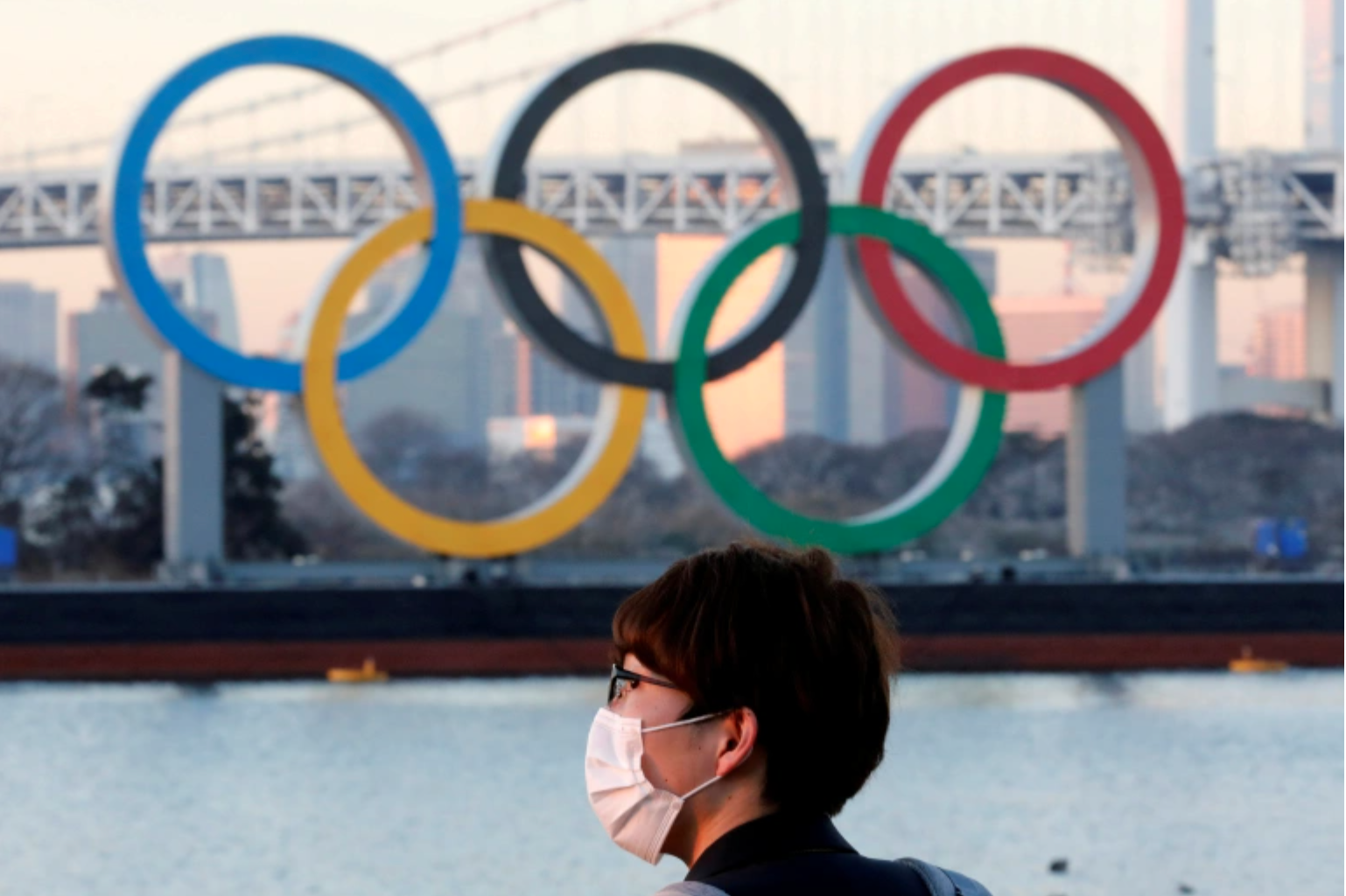Covidlympics
What will the Winter Olympics look like this year?
The 2022 Winter Olympics will mark the second game since the pandemic began, which is being held from Febuary 3 to Febuary 20. While the spirits of the athletes have remained bright, many of the rules have not. Beijing officials have imposed a series of restrictions to prevent the spread of COVID-19 within its borders and stated that there would be no loosening of these restrictions -even when it comes to an event such as the Olympics. There are no spectators aside from local fans, a closed-loop system will be imposed, and athletes and personnel will undergo a rigorous testing program.
The Olympics Playbook states that participants must be fully vaccinated 14 days before they arrive in Beijing. However, certain exceptions have been made for those who have had a history of allergic reactions to the vaccine. Game officials also strongly recommended that all participants receive a booster shot before their arrival. For the unvaccinated participants, they must arrive early and be quarantined in Beijing for 3 weeks prior to being allowed to participate in the games.
Similar to the previous Olympic games held last summer in Tokyo, all athletes, coaches, and staff must complete daily screening and testing. Those who test positive are required to leave the games immediately and cannot come back unless all symptoms are cleared and tested negative twice 24 hours apart. The rest of the athletes and staff are moved to designated areas by buses and trains to ensure zero contact between the public and the positive participants. To minimize physical interactions between participants, officials have required athletes to refrain from body-to-body contact, and avoid enclosed spaces and large crowds. The staff are obligated to keep 6 feet away from all athletes, and the athletes themselves must be at least 3 feet away from each other. Furthermore, masks are required at all times except for training, eating, interviews, competing, and sleeping.
The Canadian team was over 95% fully vaccinated at the Tokyo Games last summer, and they expected to follow the COVID rules rigorously again this year.
“We want to do the same for Beijing,” said the Canadian Olympic Committee CEO, David Shoemaker, “A fully vaccinated team following robust hygiene and physical distancing protocols is the best way to do that.”
Since it is likely to see more COVID-19 cases emerge after the commencement of the games, Beijing has made adjustments to its rules regarding positive cases. A positive case will be first isolated and then go through several amplification cycles to detect viral RNA, the genetic material. During this process, a figure called the Cycle Threshold (CT) value will be used to determine the level of infectiousness of the case. Essentially, the CT value is the number of cycles needed before the RNA is found. The higher the value, the less infectious the case would be considered. Healthcare officials have stated that participants had to meet a CT value of 35 to be considered positive and removed from the games.
The games are definitely looking different this year due to the pandemic, but make sure to still tune in and support your favourite athletes!
